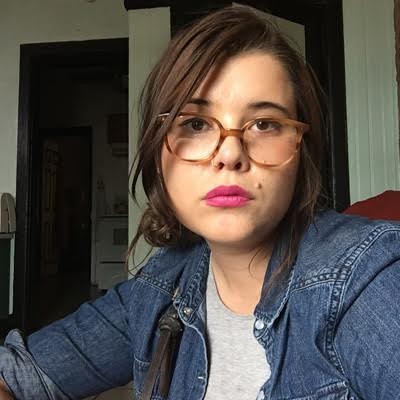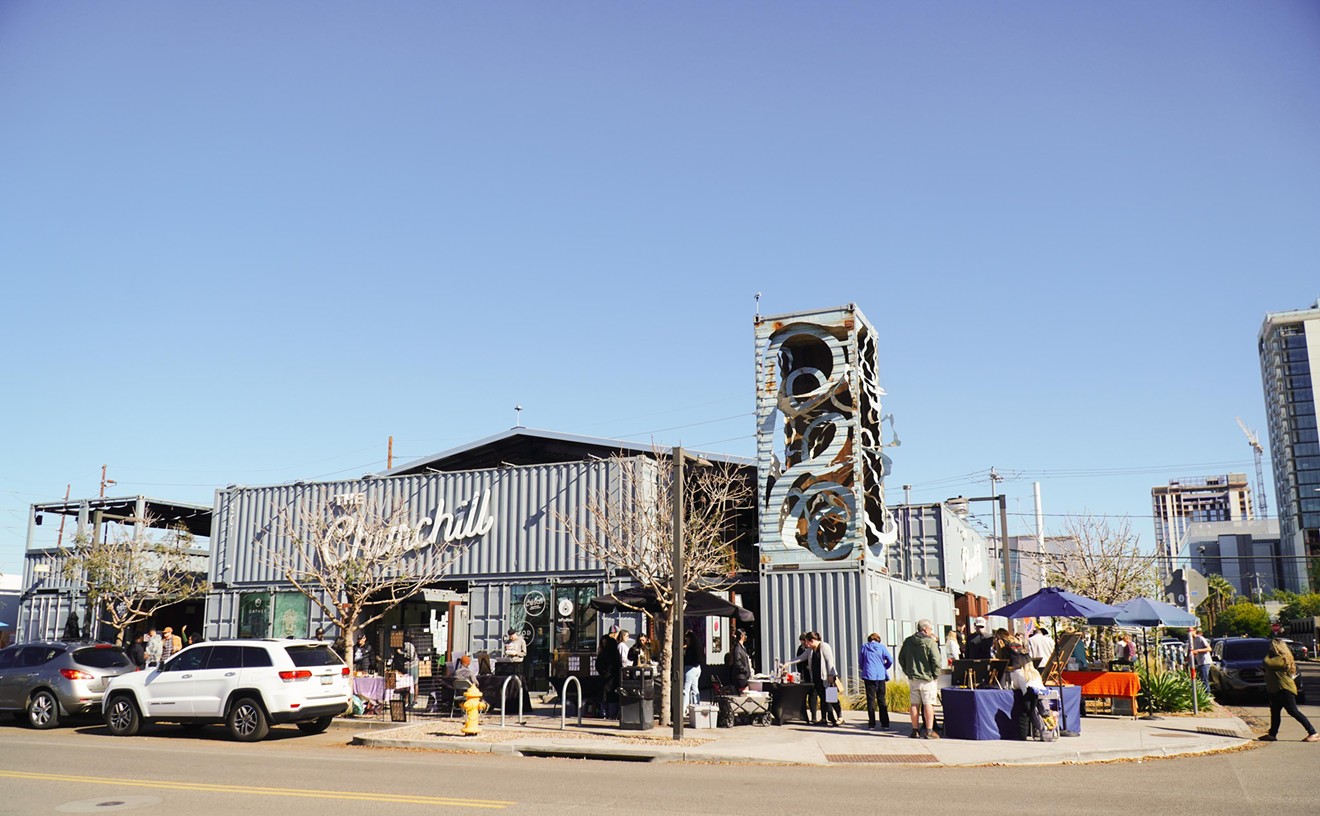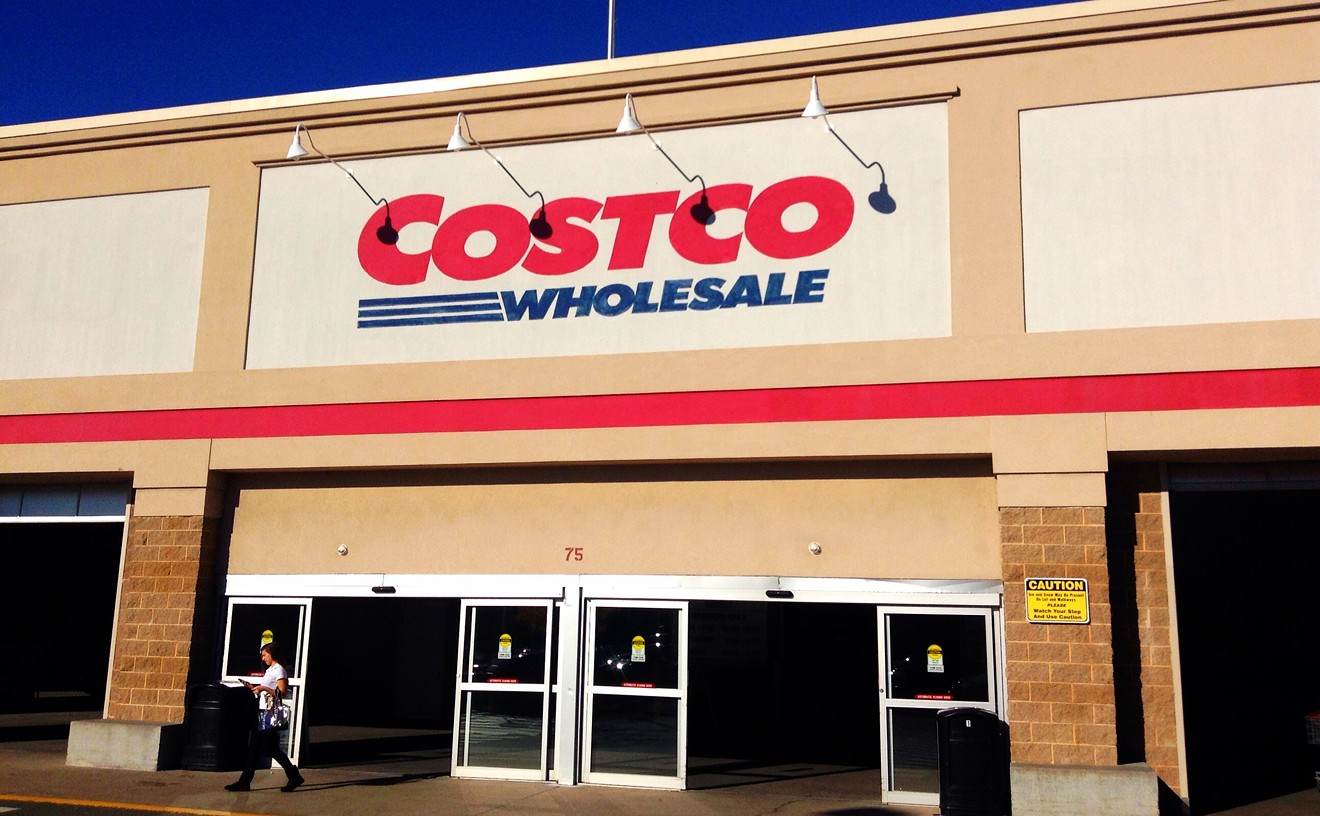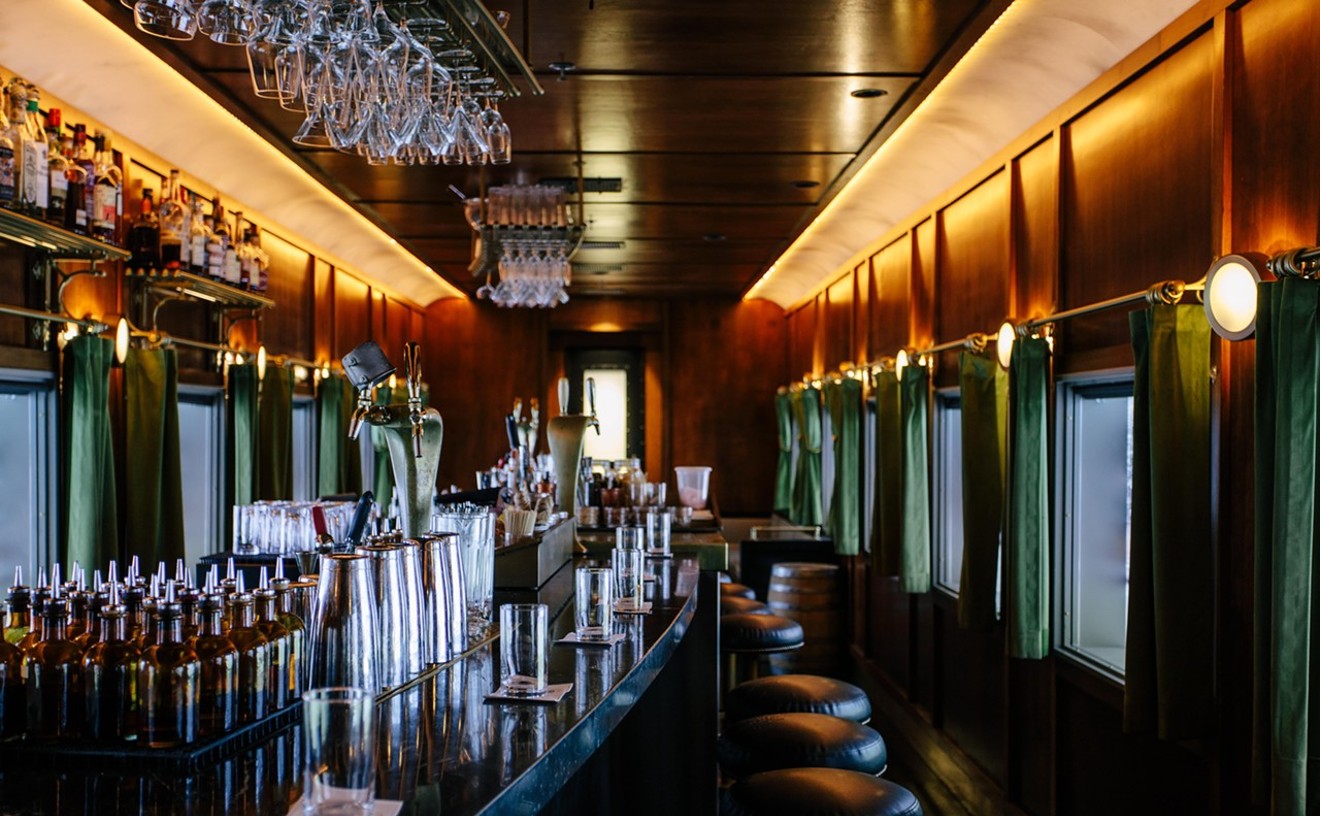A few doors down from Cartel Coffee Lab's flagship roastery location in Tempe, there's a door that reads "Cartel World Headquarters." Inside, Drew Scharntizke, along with his fellow coffee instructor Bill Kennedy, spend most days using refractometers to ensure their brews are being extracted properly or educating new baristas. Since teaching coffee is Scharntizke's full-time gig, he's definitely one of the best people in town to ask if you want to know what the difference is when you order a V60 versus a Chemex versus and Aeropress brewed coffee.
See also: Daniel Suh Teaches the Science of Hot and Cold Brewed Coffee
With about three years in the coffee business, Scharnitzke has spent his time in coffee houses soaking up information wherever possible. As he puts it, "making coffee approachable is [his] first priority." He splits his days making sure the staff knows proper methods, devoting time to community outreach, and exhaustively tracking the exact ideal measurement for each brew.
When it comes to the thickness of the grind, the exact gram measurement of both water and coffee grounds used, the temperature of the water, the time it brews, and the amount of coffee it produces, everything needs to be precise. That means each roast on each bean has its own sweet spot for brewing to achieve the "best perceived flavor" for every cup of coffee brewed at Cartel.
Though that might sound like a lot, luckily, Scharnitzke shared some basics for brewing coffee that will make deciding between which method you opt for at your favorite coffee shop or in home a little easier.
Pour Over Filter Drip
Filter drip methods at Cartel include the Chemex and the V60. The Chemex is a large, two chambered glass drip brewer, while the ceramic V60 is a single chamber that sits atop the cup you're brewing into. Both methods take approximately three to four minutes to brew, but they both also need more attention.
Scharnitzke says as a barista he prefers this method for many reasons. The shorter contact time to the actual coffee grounds means a less oily, more light and acidic result. Scharnitzke classifies this as "tea-like" and "clean."
However, since you are controlling the coffee's contact to the water more directly, you have to be much more aware of your water pour while brewing than other methods. This makes the filter drip method more difficult in terms of consistency for beginners, but, for professional baristas like Scharnitzke, it's a chance for him to show his skills.
"It's a balance of technical elements with the artisanal human element," he says.
Technically, your standard home drip brewer fits in this category, along with the larger commercial drip brewers found in restaurants. However, methods like the Chemex require much more technical know-how than automated machines, like properly rinsing the filter and blooming the coffee, to achieve a well-balanced end product.
Full Emersion
Much like the name suggests, full emersion methods like the Aeropress or Clever methods at Cartel actually allow the coffee grounds to steep in the water. Like cold brew, which is technically a full emersion method as well, this means the longer contact (and therefore reaction) time breaks down more of the coffee's sugars, resulting in a more robust, caramely, nutty flavors.
It's important to note that filter thickness varies a lot between these two methods. Since full emersion brewers typically have thinner filters, there's more sediment, and therefore, more perceived body and fullness to the coffee. Scharnitzke compares full emersion brewed coffees to red wine and lighter filter drip brews to white wine because of this.
French press is another common full emersion brewing method, which is much more familiar in home brewing. If you plan on doing any full emersion brewing at home, be sure to grind your beans coarsely because the longer brew time means more chances for oxidation, so limiting the surface area is important.
Scharnitzke says the Aeropress, which uses pressure to brew, takes about two minutes, while the Clever system takes closer to four. Either way, this method is easier for beginners because it pretty much just relies on a recipe of a certain amount of coffee plus a certain amount of water over a certain amount of time, dependent, of course, on what you're using.
Espresso
Finally, there's espresso. Without getting too far into the art of espresso, which really does deserve its own post, it is important to note how it radically differs from the other methods in composition. The pressure created when forcing the hot water through the grinds on the espresso machine actually creates a singular "emulsified solution." The other methods are more of a simple mixture of separated components, even after brewing.
Drew Scharnitzke of Cartel Coffee Lab will be at Phoenix Public Market Café on Sunday, July 13 for an educational outreach seminar on one of the elements of third wave coffee culture that he finds most important: direct sourcing. The event, which will include a tasting and pastry pairing component, is aimed at creating a better understanding on the global impacts of coffee consumption and how fair trade can change the economies of those regions for the better.
Editor's Note: This post has been edited from its original version.











